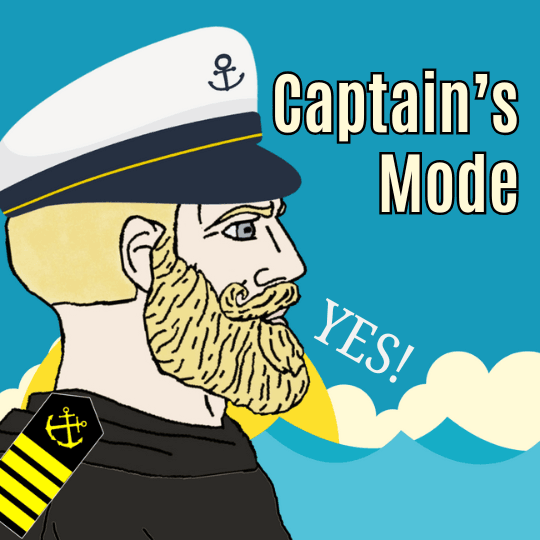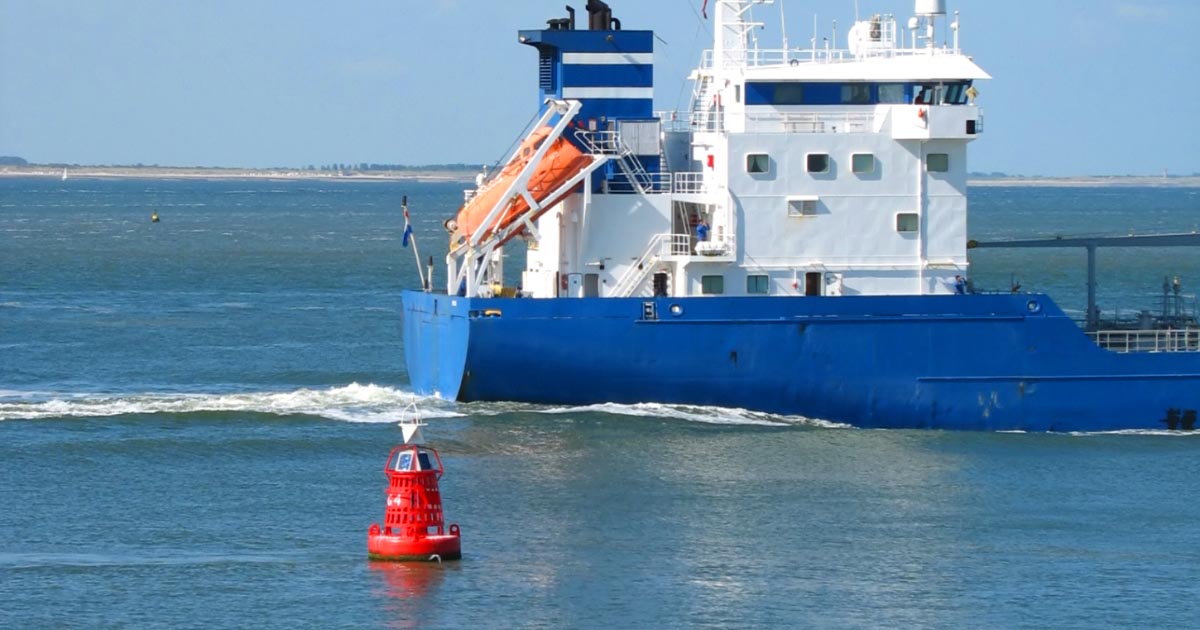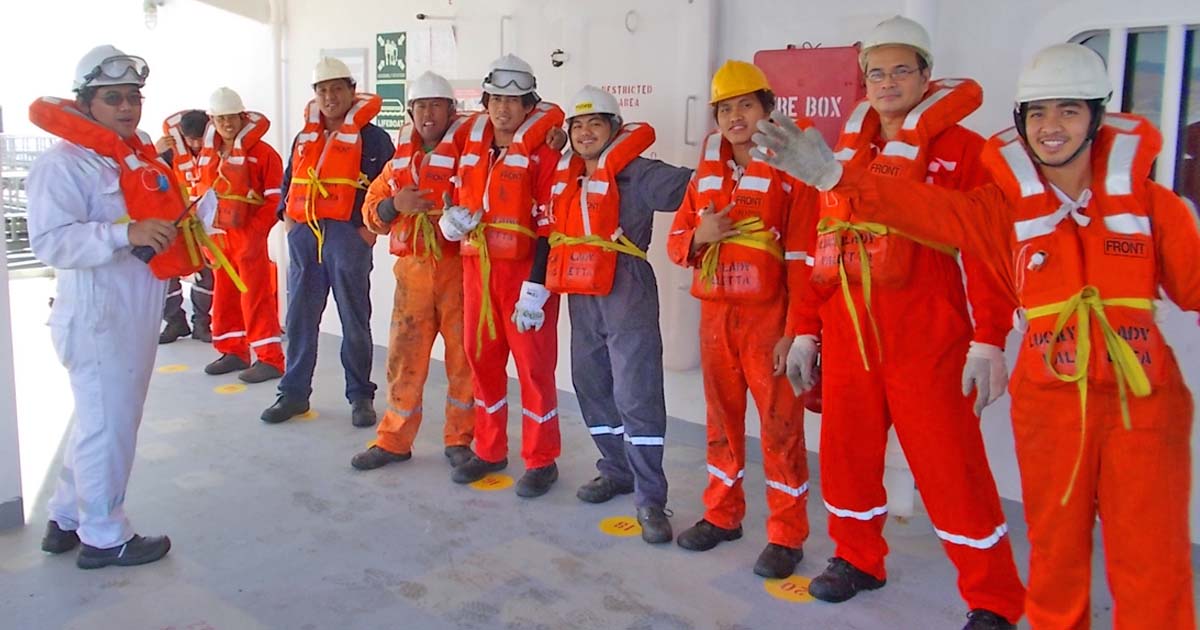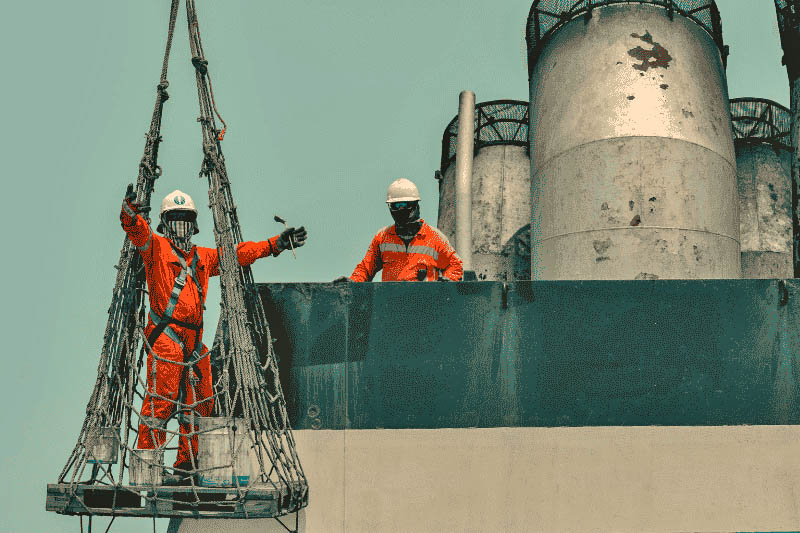Our Blog
-
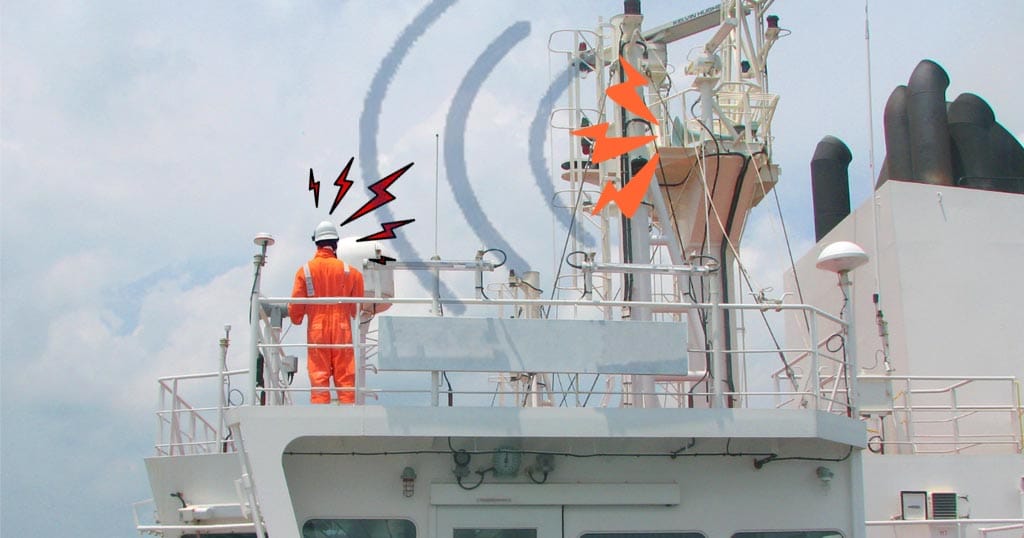
Ship’s Crew Got Blasted by the Fog Horn
Ever been startled so badly your heart jumped into your throat? Imagine that feeling multiplied by a thousand, delivered by a ship’s foghorn blasting a few meters from you. Yeah, that happened to one unlucky crew member on a particular voyage. What started as a routine paint job on the “monkey island” (that deck above…
-
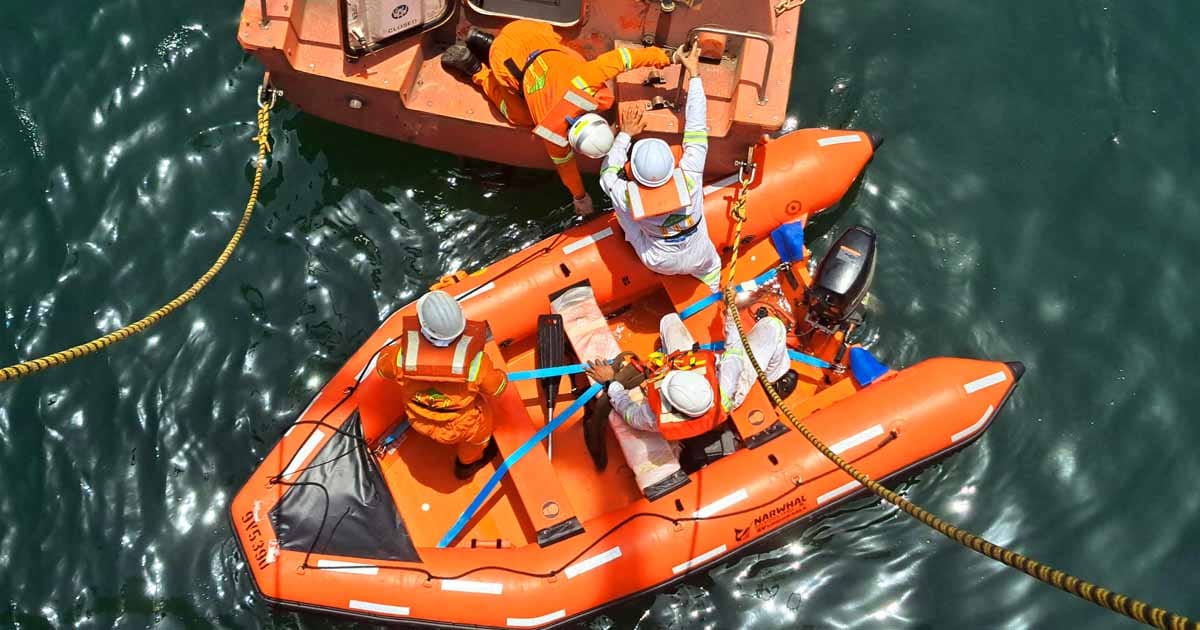
116 USCG-Approved Training Centers in the United States
The United States Coast Guard (USCG) maintains a comprehensive list of training centers authorized to conduct STCW courses for seafarers. These centers, located across various states, meet USCG standards to ensure high-quality maritime training. USCG-approved training centers play a vital role in maintaining safety and competency in the maritime industry. If you’re looking to enhance…
-

Different Types of Dry Cargo Vessels
Dry cargo ships are watercraft designed and built to transport solid, and non-liquid goods and materials. These vessels carry a wide variety of commodities, including minerals, electronics, wheat, grains, ore, coal, garments, and other materials. In simple terms, many of the items in your home, whether furniture, appliances, or clothing, were transported by these ships…
-
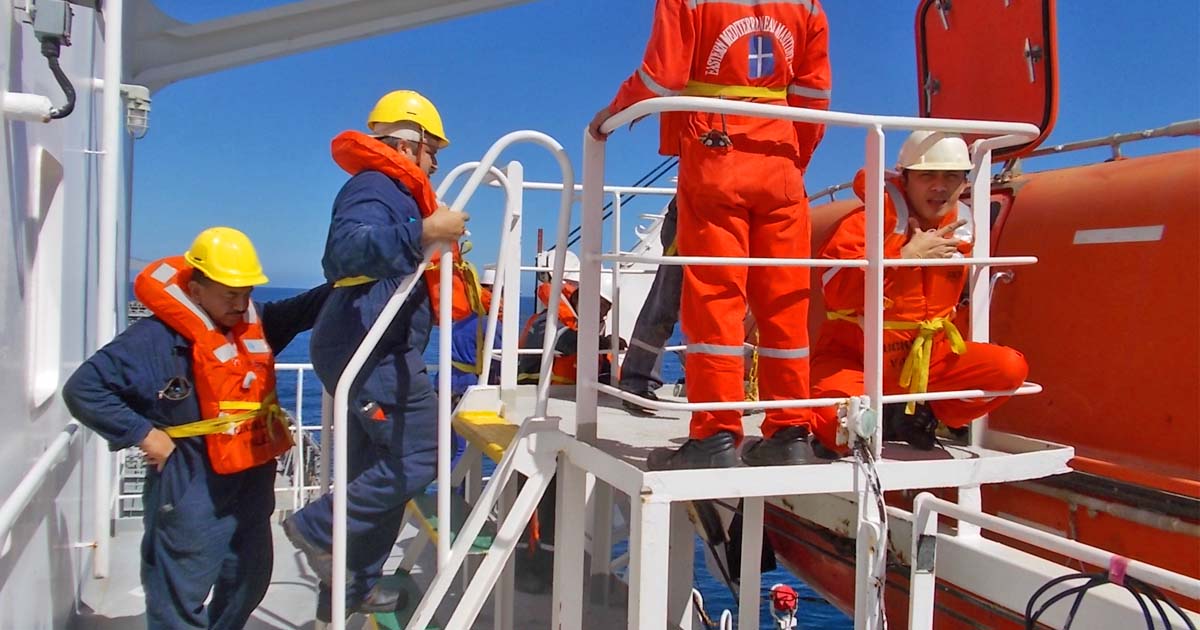
Crew Familiarization 24 Hours & 14 Days After Signing-on
Shipboard familiarization is one of the first tasks newly signed-on crew members must complete upon joining a vessel. Within 24 hours of embarkation, the initial familiarization process ensures they understand essential safety procedures on board. Over the next 14 days, a more in-depth familiarization takes place for a thorough understanding of their roles, ship procedures,…
-
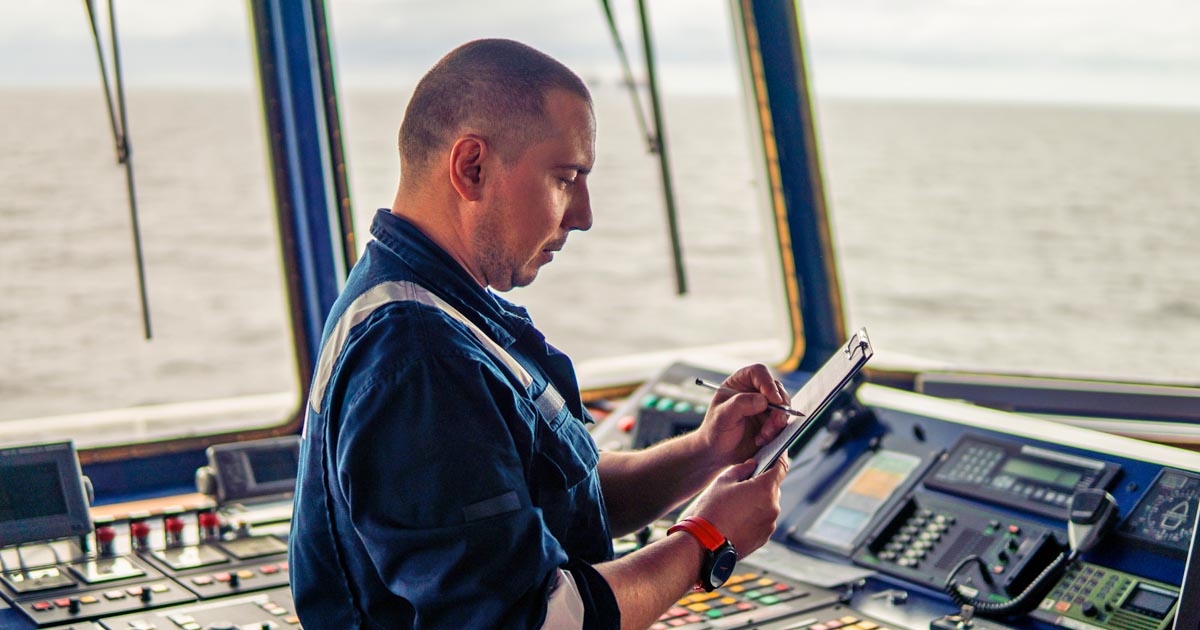
112 Promotion Checklists From 3rd Officer to 2nd Officer
Promotion from Third Mate to Second Mate can be challenging but is equally rewarding. There may be overlaps in their duties on the bridge, but it can still feel overwhelming knowing that the safety of the ship’s passage is in your hands. Not only that, but you also need to become more familiar with cargo…
-
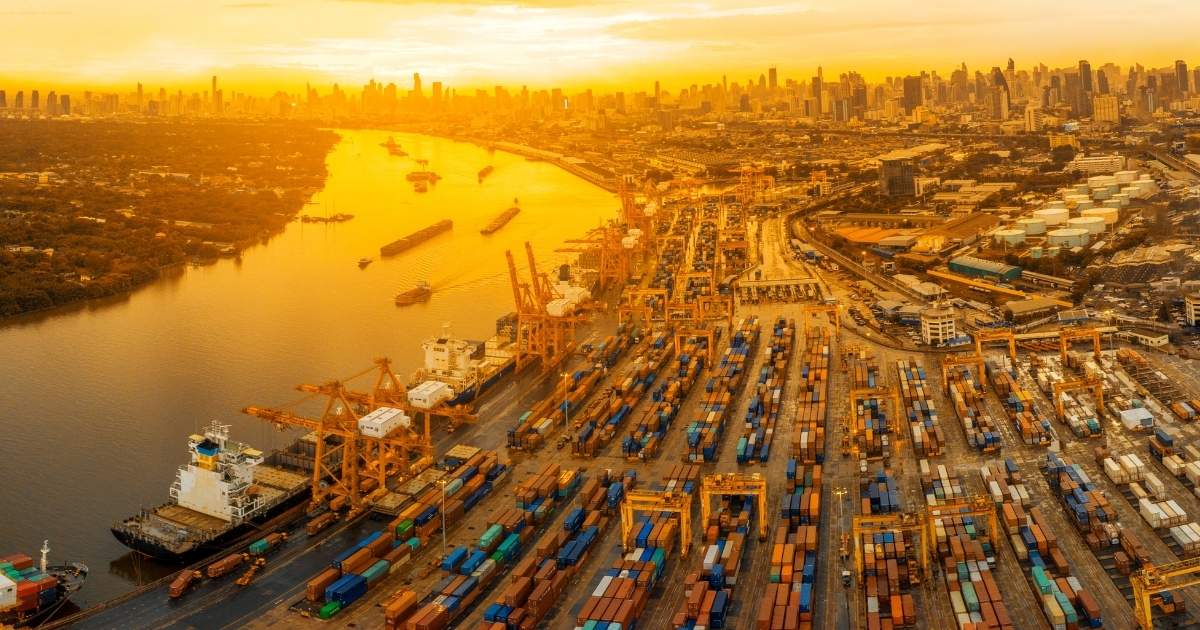
The Maritime Industry’s Fastest, Largest, Busiest, and First
The maritime industry has consistently set records with groundbreaking advancements in speed, size, efficiency, and environmental innovation. As one of the largest industries powering international commerce, shipping companies and ports are pushing the boundaries in shipbuilding, port infrastructure, and sustainable practices. This article explores the maritime industry’s superlatives—from the fastest ships and busiest ports to…
-
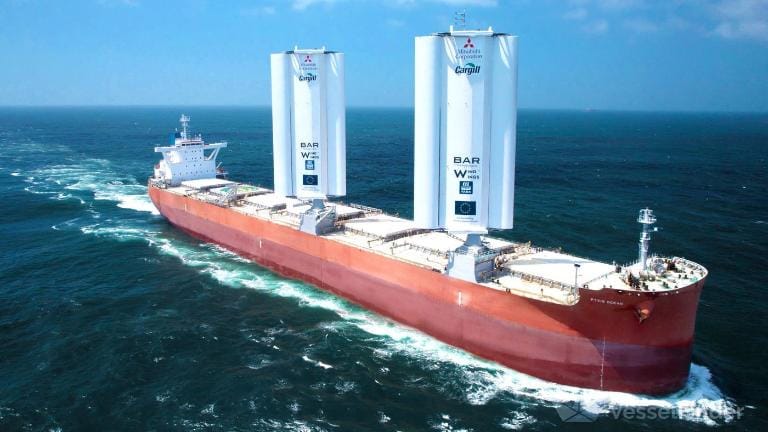
10 Ways How the Shipping Industry Can Reduce Carbon Emissions
The shipping industry contributes approximately 3% of global greenhouse gas emissions, equating to nearly 10% of the transportation sector’s total carbon footprint. With over 90% of the world’s goods transported by sea, decarbonizing maritime shipping is crucial to curb its environmental impact. The International Maritime Organization (IMO) aims to cut the carbon intensity of international…
